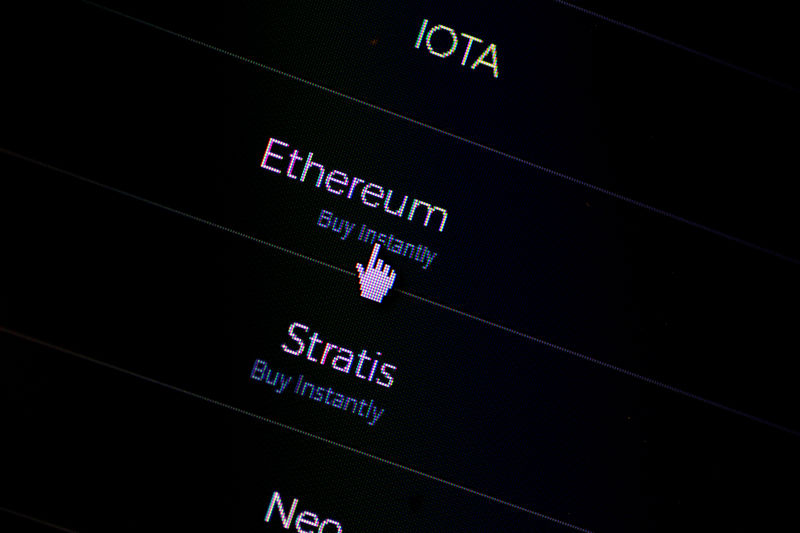Tyson Foods to close major Nebraska beef plant amid cattle shortage - WSJ
Investing.com -- Standard Chartered has sharply increased its Ethereum price forecasts, citing a markedly improved backdrop for the cryptocurrency in recent months.
The bank now sees ETH at $7,500 by the end of 2025, up from $4,000 previously, and at $25,000 by the end of 2028, compared with $7,500 prior.
“ETH treasury companies and ETFs have bought 3.8% of all ETH since the start of June,” Standard Chartered highlighted, noting the pace is double the fastest rate of Bitcoin buying by these sources.
The bank also pointed to strong engagement from organisations behind Ethereum, including plans to significantly boost throughput on its layer 1 blockchain.
A key driver behind the more bullish view is the July passage of the U.S. GENIUS Act, which “is unleashing stablecoins.” Stablecoins account for 40% of all blockchain fees, and more than half of all stablecoins are on Ethereum.
Standard Chartered said the legislation should indirectly boost activity on Ethereum’s layer 1 as higher stablecoin liquidity spurs more decentralised finance activity, where ETH dominates.
Ethereum’s long-standing advantages — including its global reach, first-mover position in the smart contract space, and a record of zero downtime — remain intact, the bank noted. These structural strengths, combined with recent developments, “support our more bullish view.”
The bank sees Ethereum as increasingly likely to capture the largest share of blockchain-driven efficiencies across industries from finance to consumer technology.
“The long-term potential of the Ethereum (ETH) network is clear, with blockchain technology set to bring huge efficiencies to industries from finance to consumer tech,” it said.
Ether has jumped more than 50% over the past month, fueled by the passage of the Genius Act, which establishes a regulatory framework for dollar-linked cryptocurrencies, or stablecoins.
The legislation has lifted prices across the crypto market on expectations that it will spur broader adoption.
Because most stablecoins are created and traded on the Ethereum network, the move has boosted demand for Ether, which is needed to cover transaction costs.
